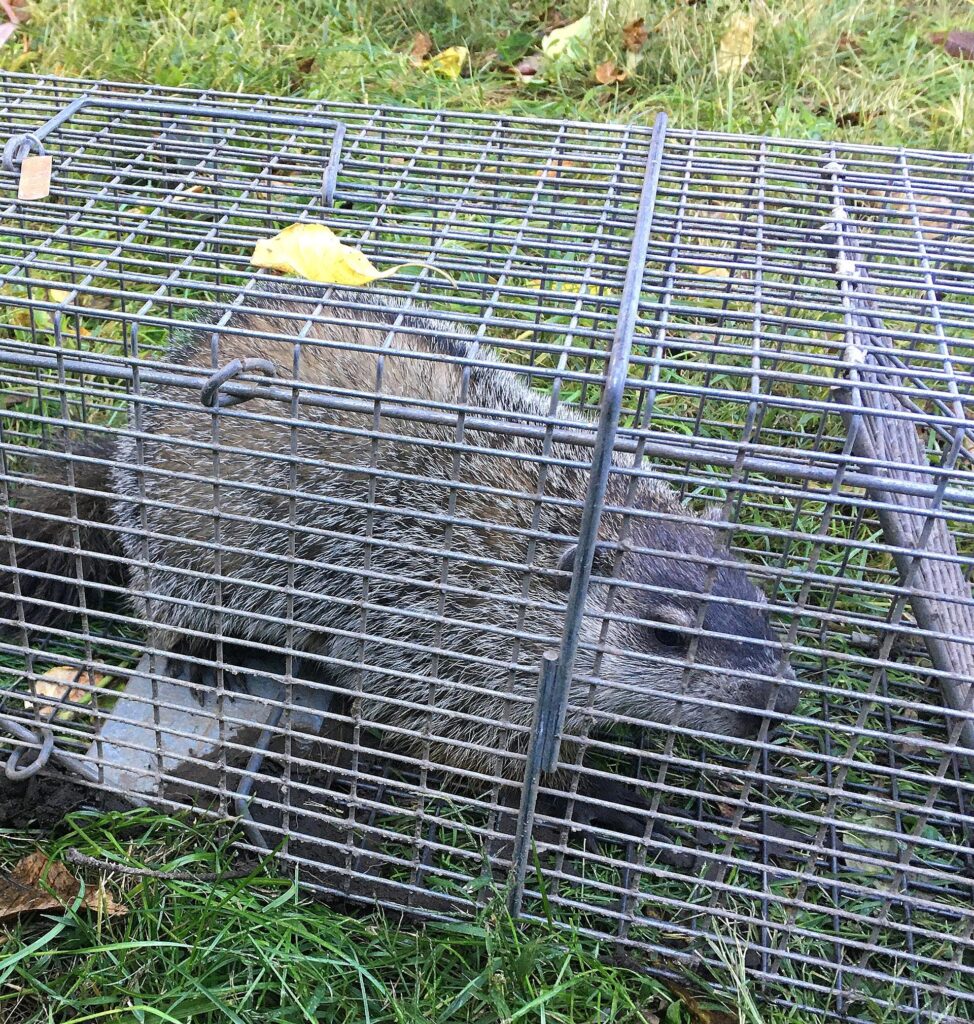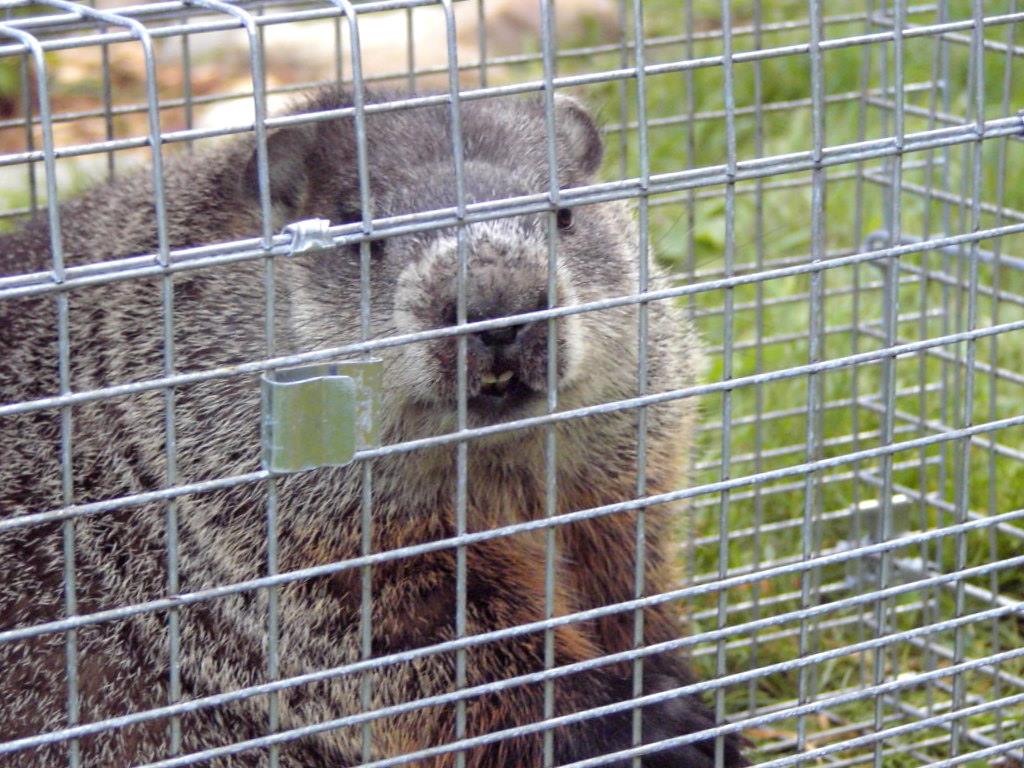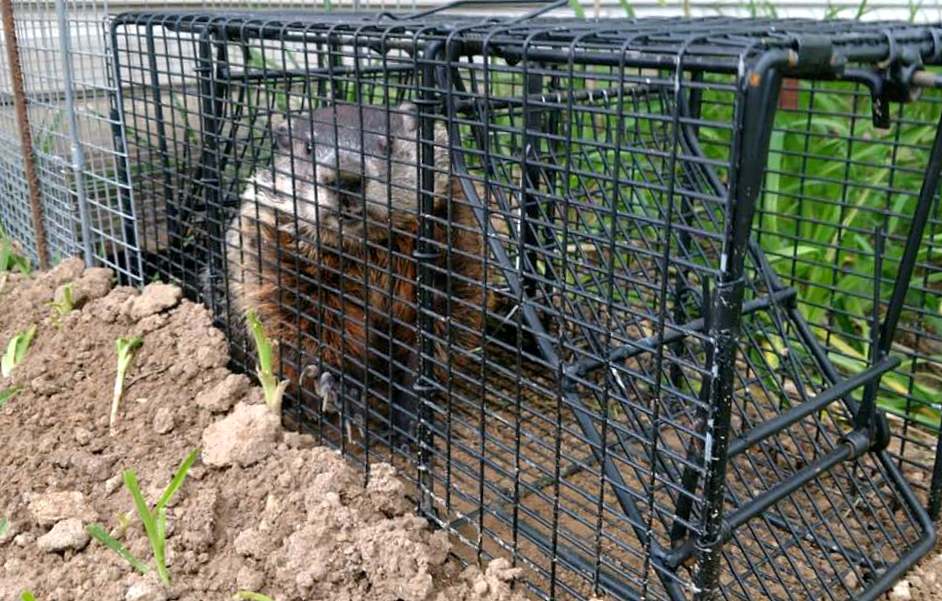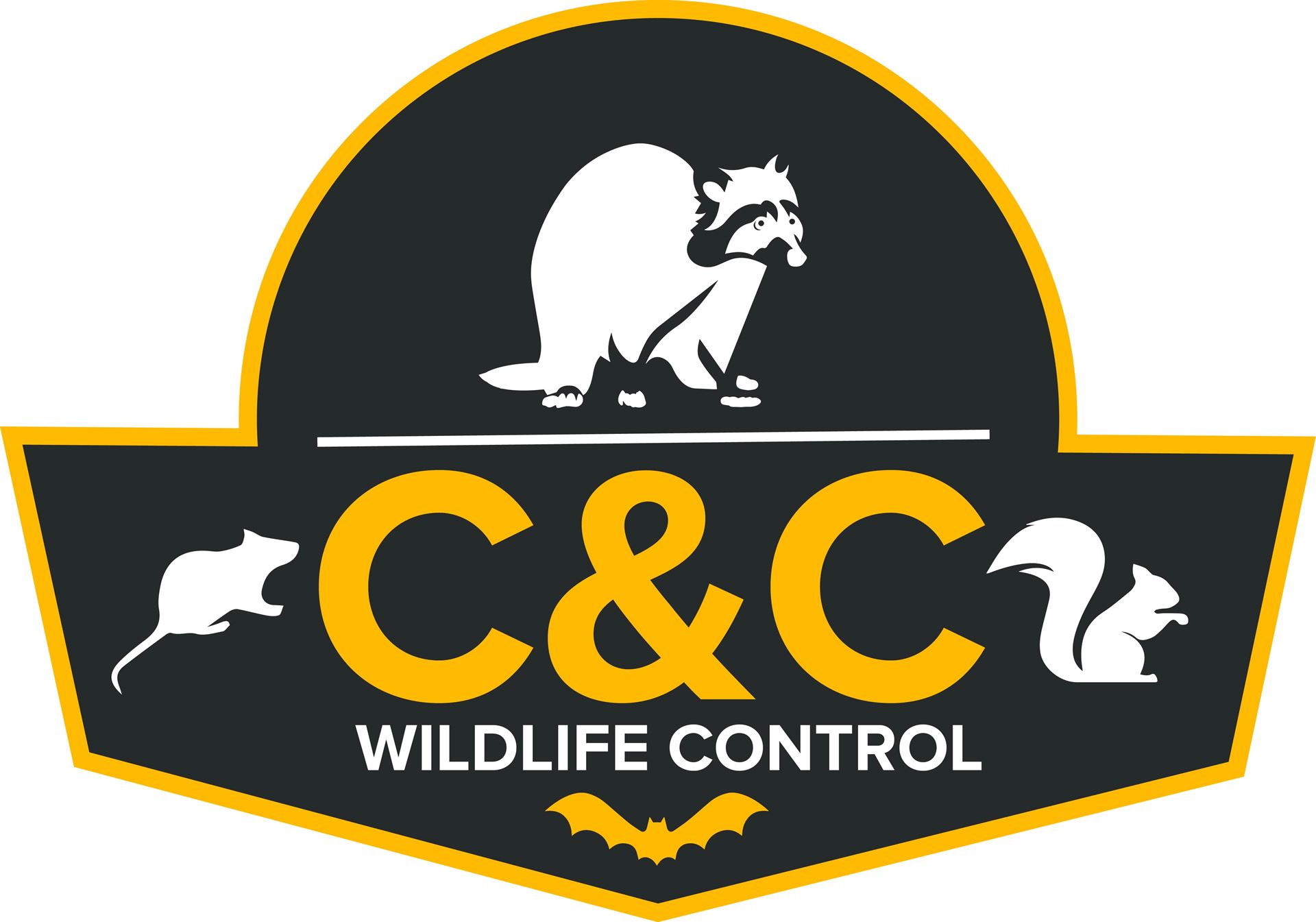Woodchuck Removal
Woodchuck Removal
Woodchucks, or groundhogs, are tunneling mammals that live in a variety of regions throughout the United States. While they may have a holiday named after them, groundhogs can present a wide variety of problems to your home and your yard. If you have a woodchuck problem, it is important to get them removed as soon as possible. Continue reading to learn more about woodchucks and how to remove them.

What damage do woodchucks cause?
Woodchucks can cause many different problems when they have decided to make your yard, home, or property their habitat. When woodchucks move into an area, one of their top priorities is to make a large series of tunnels or dens, so that they can move safely and always have a place to hide in case of danger. In addition, mother woodchucks need to make large burrows for their young. While these burrows may seem harmless, they can present many problems to your house or any other buildings you have. Oftentimes, this tunneling causes foundations to become weak, as they do not have ground there to provide support anymore, causing a degradation of the building materials. When the stress has remained long enough, the materials reach their breaking point and often collapse, leaving the homeowner with expensive foundation repair bills to pay.
As if the property damage and potential for foundation damage were not enough, woodchucks also cause damage to flower and vegetable gardens. Not only will they make a snack out of many different vegetables and plants, but they may also decide to burrow in gardens as well. The mounds of dirt left by burrowing can also be quite the eyesore in an otherwise well-kempt and beautiful yard.

How can I prevent woodchucks?
One of the hardest parts about dealing with nuisance woodchucks is that there often is not a rhyme or reason why they choose to inhabit your yard. While easy supplies of food might be a contributing factor, there are not many other reasons why they pick certain areas. If you are very concerned about woodchucks, you can put up a fence that will keep them out aboveground, but you will also have to install a below-ground fence. This can be a pricey undertaking, however, it is worth it to many homeowners. One way to prevent woodchucks is to be sure that any fallen fruit from fruit trees is picked up and discarded. Another way to possibly prevent woodchucks is to be sure that your garbage and pet food are always secured and not easily accessible for nuisance wildlife.
How can I catch woodchucks?
While removing woodchucks on your own sounds like a simple task, it actually is very difficult. The best method to remove these critters is by putting bait in a cage trap and setting it near their tunnels. The problem is that many of these woodchucks are smart enough to avoid the trap, so tricks and advanced removal techniques become a necessity. Since woodchuck problems are generally very destructive and concerning, it is generally recommended to give a professional wildlife removal service a call.
Why hire C&C Wildlife Control?
At C&C Wildlife Control, we have years of experience in dealing with all kinds of nuisance animals, from woodchucks to bats, and everything in between. We are proud to service Hartford County and Tolland County, Connecticut. In addition to providing high-value animal removal services, we also offer services such as animal exclusion, animal damage repair, and sanitation, making sure that your home and property will continue to be free from nuisance wildlife. If you have a stubborn woodchuck problem that you cannot solve, be sure to give C&C Wildlife Control a call, as we would love to help you out!

How to Trap a Woodchuck
There is no doubt that groundhogs are one of the most ravaging and ferocious rodent mammals. Their main destruction is to gardens and farmers in the long and complex burrows they dig beneath the fruits and vegetables they consume. To learn about groundhog trapping visit groundhogtrapping.com.
Although you may not find them inside the homes, their activity outside the gardens and open lawns has made them very undesirable. And it has earned them an equally applicable name of “groundhogs.”
The practical and humane way to deal with these animals is to capture them in a trap and resettle them. However, you must understand a few things about these rodents before you can outsmart/lure them into a trap;
- Feeding Habits
Groundhogs are herbivores; they prefer vegetables, plants, fruits, flowers, etc. However, they will also eat small insects and worms to reach their calorie needs in extreme cases.
They also eat a lot of food just before hibernating for the coming winter.
- Nesting
Groundhogs/Woodchucks live an expensive lifestyle in sub-earth. They like to burrow complex and extensive areas underground with lots of exits in case of danger. This can make it difficult for a person to capture them.
- Behaviors
Woodchucks are skittish and easily suspicious of any metal or manufactured objects. Although they are not intelligent, they may be wise enough to escape a suspicious installation.
Steps to trap a Woodchuck
Door Traps are the commonest methods to catch the groundhog because they are humane and easy to install. However, when using a door trap, ensure that;
- You install the right size.
Make sure to get a size that will envelop the animal thoroughly. Small traps usually defeat the purpose, and the animal runs off lucky.
- Sturdy and Strong trap material
The materials for the trap must be strong and heavy enough to withstand movements in the cage. Since woodchucks can easily get spooked, they will suspect any installments that vibrate on their entry. Also, the bars or mesh must be strong enough such that the groundhog cannot chew through it.
- Use enticing baits
Groundhogs are big on vegetables and plants. You may even visit a wildlife store to get an expert opinion in picking the right bait. The common recommendation is apple slices due to their strong- and sweet-smelling aroma.
Other options include;
- Juicy Cantaloupe,
- Raspberries,
- Broccoli,
- Corn,
- Dandelions,
- Clover,
- Sweet sprouts
Try to keep them as fresh as possible, as exposure to heat can make them wilt easily.
- Where to locate the traps
The trap should be kept less than 6 feet from their entry holes. Also, it is essential to look for signs of recent disturbance on the entry to know the commonly used entrances. You can also provide a form of camouflage for the trap by locating them under a bush heap or tree.
Where possible, you should install multi traps for the various entries.
- Keep the traps open
You may even keep the trap permanently open for a few days to allow the animal to get used to it. This may reduce the Woodchuck guard when it sees the latest installment.
- De-during the cage
Woodchucks have a keen sense of smell and may be suspicious of the cage if they can smell humans. You should wash the cage with a neutral detergent and handle it with a glove.
Resettling the Woodchuck
It is inhumane to capture an animal and leave it in a cage without water or food for long periods. Ensure to check the cage at regular intervals to confirm if you are successful with a catch and resettle it as proposed.
Conclusions
There are other methods of trapping or resettling woodchucks, but they are DIY efforts. In such cases, you can contact our humane and professional services.

